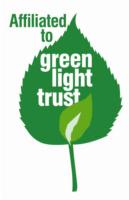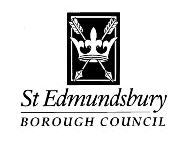
Navigate our site


Home | Location | Volunteers | Environment | Local News | Events | Partners | Policies | Links | Archive | Contact Us | Accessibility | Site Map
Page background images and galleries: Scenes from the Woodland Ways circular walk by a WW volunteer
Voulunteer Tree image on front page by Sarah White: Creative Commons image
November
Newsletter
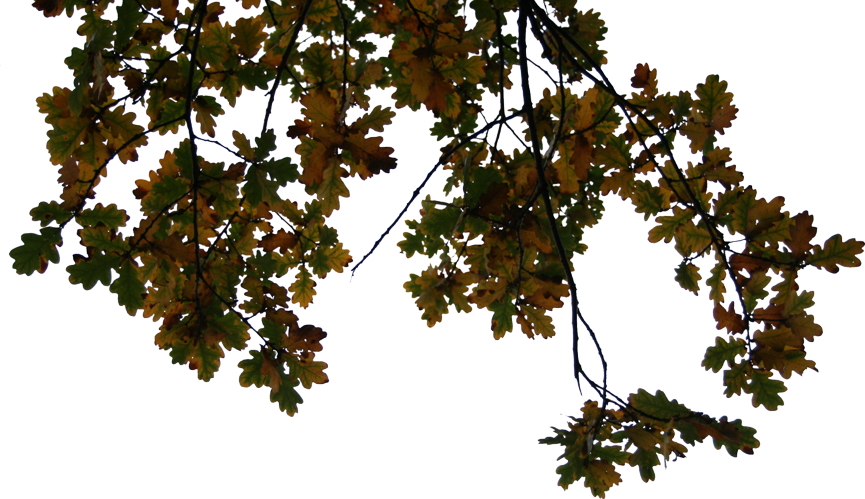
Web site design, hosting and content by Thirdsectorweb | Part of SmithMartin LLP Graphic Design by Radha Clelland | Code development by Natasha Smith

Woodland Ways mission:
Education for sustainable development through local action and global awareness.
Discover our educational policy and vision here
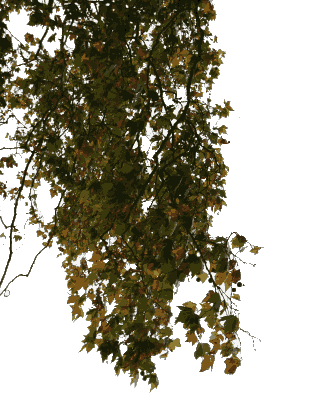
Check out our volunteer page, you can
help change the landscape too!
Find us on Facebook
This month's Tree Quotation
“Rilke wrote: 'These trees are magnificent, but even more magnificent is the sublime and moving space between them, as though with their growth it too increased.”
René Karl Wilhelm Johann Josef Maria Rilke (4 December 1875 – 29 December 1926),
shortened to Rainer Maria Rilke (German: [ˈʁaɪnɐ maˈʁiːa ˈʁɪlkə]), was an Austrian poet and novelist
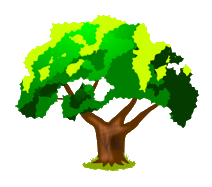
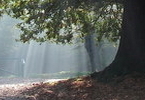
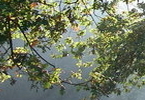
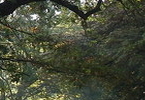
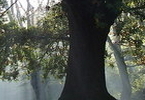
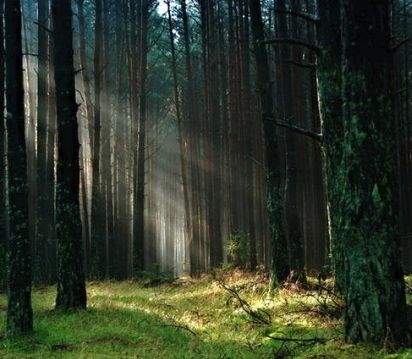
Trees
Part of the planetary mosaic of life...
Home Covert, Moreton Hall, Bury St Edmunds.
Plant distribution survey (Updated: Sept. 2015)
Introduction
Home Covert is a woodland planted around 250 years ago, within the Moreton Hall part of Bury St Edmunds. It is situated at approximately OS grid reference TL874654. Home Covert is owned by St Edmundsbury Borough Council, with management as a community woodland by Woodland Ways.
There is one path through the wood. In the north-west corner are two craters, believed to have been caused when a Flying Fortress aircraft crashed in January 1945.
Methodology
On 10th May 2015, members of Woodland Ways were shown, as a training exercise, examples of some species found in Home Covert, specifically
Lords and Ladies Arum maculatum
Garlic mustard Alliaria petiolata
Cow parsley Anthriscus sylvestris
Wood avens Geum urbanum
Dog’s mercury Mercurialis perennis
Ash Fraxinus excelsior
Hawthorn Crataegus monogyna
In addition it was considered that members were able to recognise the following species without training
Holly Ilex aquilifolium
Sycamore Acer pseudoplatanus
Horse chestnut Aesculus hippocastanum
Willow Salix sp
Bramble Rubus fruticosus
Stinging nettle Urtica dioica
Members were given a plan of Home Covert and asked to plot the location of a small number of species each, working in pairs where possible.
Nick Sibbett, a competent botanist, was available during the survey, to advise on identification and mapping, where necessary. The survey took around one hour in good weather.
It is considered that the species locations were mapped indicatively rather than precisely. Wood sedge Carex sylvatica was also a target species. Other species of tree, shrub and herb were also present but not surveyed.
The Woodland Ways members carrying out surveys were
Nick Sibbett
Jane Sibbett
Brenda Cartwright
Gerald Cartwright
Jane Starling
Claire Reid
Mike Hollins
Jenny Green
Gillian Miller
Janet Scorer
Julie Wordley
Maria Darby
Results
The locations of plants seen are shown on the attached plans. The most species-rich part of the wood appears to be alongside the path, with a greater number of species recorded here rather than anywhere else.
It is considered that this is accurate, rather than reflecting bias surveyor bias towards recording beside the path. Away from the path, where the woodland floor was shady, there was a dominance of dog’s mercury and fewer other species.
Although the plant mapping was indicative, with limitations of survey time restricted to 1 - 1.5 hours, and surveyor inexperience, it can be used to compare with a similar survey in 2009 to identify any significant changes which occurred over the intervening 6 years in the woodland flora.

